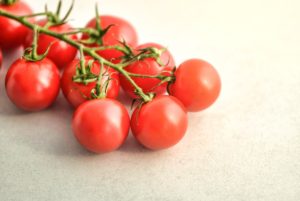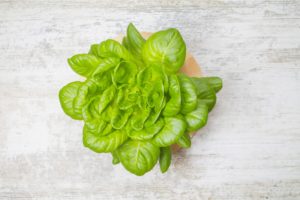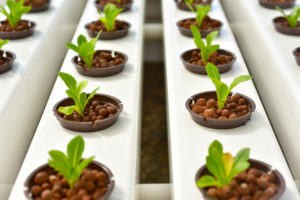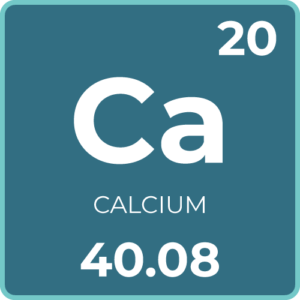Zinc, for plants, is a micronutrient. That means they don’t need a lot of it, but without it, they really can’t function as they need to. In fact, zinc (Zn) is one of the crucial minerals plants need to produce hormones for development, and grow stems long enough to hold their leaves, which they need to produce their own food and energy.
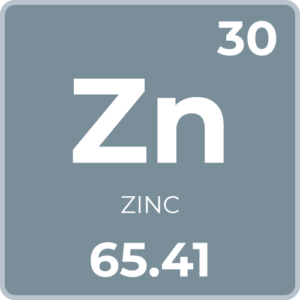
What Zinc Does for Plants
Zinc plays a major role in plenty of plant development hormones and enzymes, especially considering how little of it plants actually need. In particular, zinc is a crucial component in auxins, which are key plant growth hormones (and can help plants grow roots from cuttings). It helps plants process proteins, and it plays a role in photosynthesis.
Main roles of Zinc for plants:
- Enzyme activation
- Crucial component in auxins (important growth hormones)
- Helps process carbohydrates, sugars, and starches
- Improves cold resistance
- Regulates and elongates internodes (space of stems between leaves)
- Assists in production of chlorophyll
How plants get zinc
Zinc is widely available as a component of many fertilizers and nutrient solutions. However, when plants grow in soil, it’s often up to the soil content, unless zinc is added. Zinc naturally comes from rocks and minerals, and as a result, soil that’s far away from these might have low zinc levels. In particular, igneous rocks have a higher zinc concentration, and soil that has these deposits will have higher zinc levels. While zinc toxicity isn’t common, it can still happen under certain conditions.
It’s far more common to see soil that lacks zinc. Soils that leach, are particularly acidic, or are sandy are more prone to low zinc levels. Organic matter can raise zinc levels, so soils without it are more likely to have zinc deficient plants. If you notice signs of zinc deficiency in your garden at home, you can add small amounts of zinc sulfate to correct the problem.
Related: Nutrients for hydroponics
Zinc Deficiency and Toxicity
Like many micronutrients, zinc isn’t likely to be present in levels high enough to cause a toxicity issue. A deficiency however, is far more common. Plants might not need a lot of this mineral, but they’ll still show signs of suffering if they don’t get enough.
Signs of zinc deficiency
Adding zinc can help ease a deficiency, but first you need to know how to tell if your plants aren’t getting enough. Because it’s an immobile element in plants, you’ll usually see symptoms pop up in new growth first.
Main symptoms of zinc defiency:
- Chlorosis (often between veins- intravenal)
- Bronzing on leaves, often in areas where chlorosis shows
- Necrosis and spots of dead tissue on leaves
- Stunted growth
- Leaves packed close together on stems, called rosetting
- Smaller, underdeveloped leaves
- Deformed, irregular leaf shapes
Signs of zinc toxicity
Zinc toxicity is rare, although it does happen. This is likely more common when you use nutrient solutions with added minerals than it is in natural soil. If your plants are getting too much zinc, you need to dilute your nutrient solution and add less zinc in your next batch. Look out for these signs if you suspect zinc toxicity:
Main symptoms of zinc toxicity:
- Stunted or malformed root systems
- Slow, stunted plant growth
- Yellowing (chlorosis), especially on young leaves
- Smaller than usual leaves
- Dead tissue on leaf tips
- Leaf curl
- Low yields
